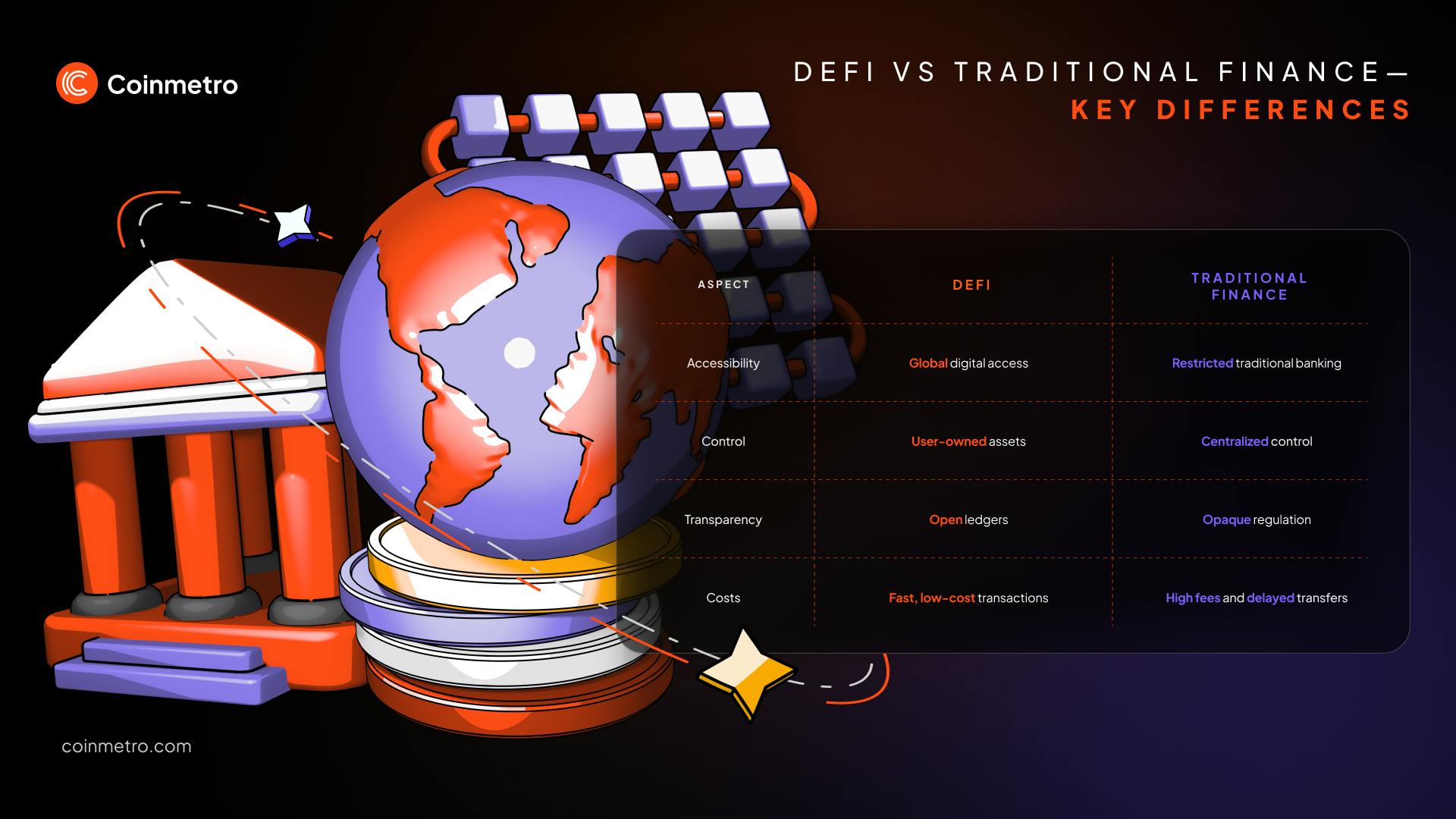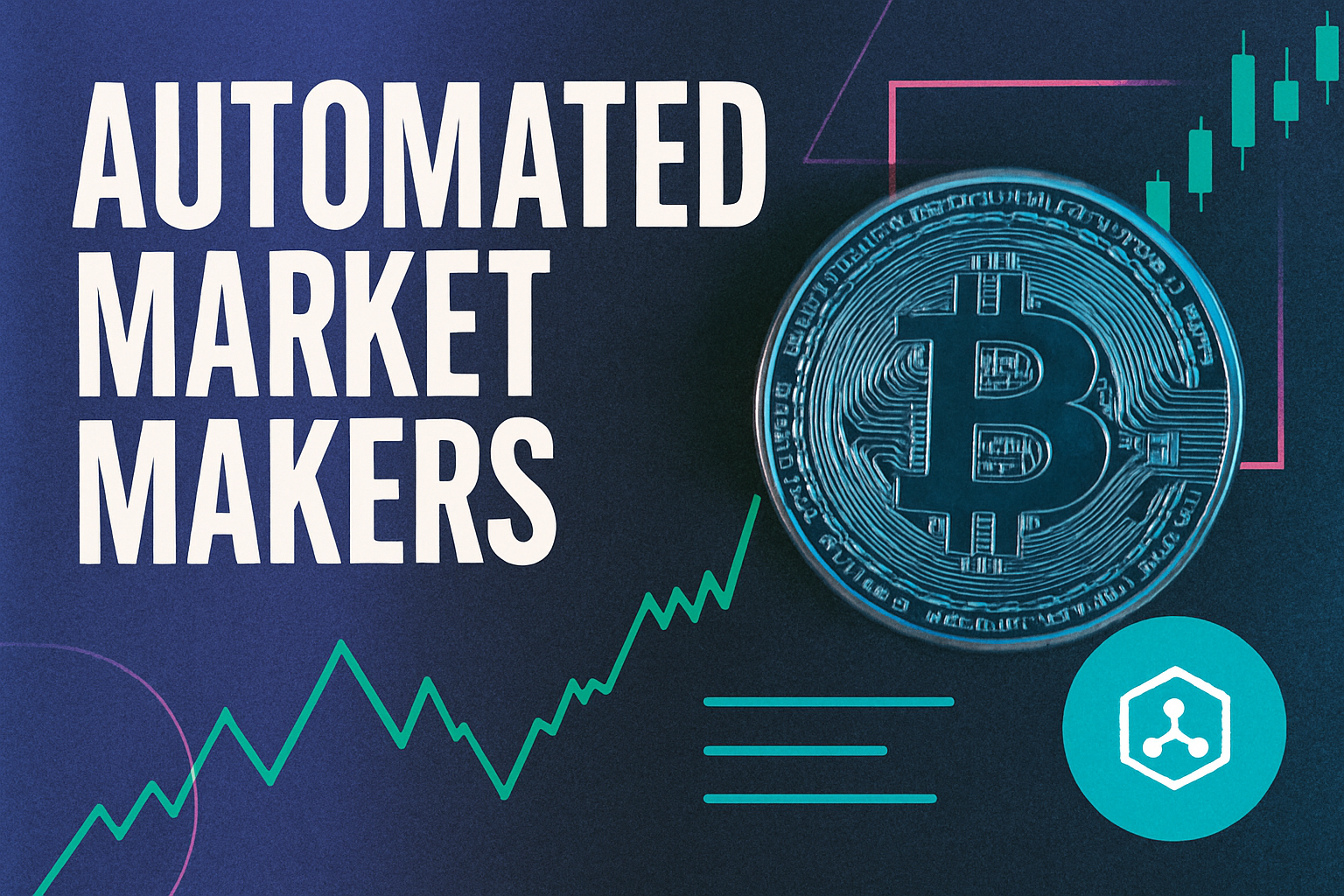
In the high-stakes world of DeFi yield farming, Maximal Extractable Value (MEV) has become both a source of profit and a pain point. MEV refers to the extra value that can be captured by reordering, inserting, or censoring transactions within a block. Historically, this value has flowed to miners, validators, and savvy searchers while everyday users and liquidity providers (LPs) are left to shoulder increased slippage and reduced yields. The result? A persistent fairness gap in DeFi markets that undermines trust and long-term sustainability.
Why MEV Exploitation Hurts Yield Farmers
Yield farming relies on fair access to trading opportunities and predictable returns for LPs. However, MEV-driven practices like front-running and sandwich attacks siphon off profits that should belong to protocol participants. When searchers exploit arbitrage between pools or manipulate transaction ordering, these actions eat into LP rewards by increasing impermanent loss and slippage. This dynamic was highlighted in recent research showing that traditional AMMs like UniswapX often leave LPs exposed to significant MEV losses.
The need for MEV risk reduction is clear: without intervention, sophisticated actors will continue extracting value at the expense of regular users. The good news is that new MEV redistribution protocols are actively addressing these issues by capturing and sharing MEV profits more equitably.

How MEV Redistribution Protocols Work
The latest generation of protocols are flipping the script on MEV extraction. Instead of allowing miners or searchers to pocket all the gains from transaction ordering, these systems capture arbitrage profits at the protocol level and redistribute them among users and LPs.
- RediSwap: Integrates an on-chain mechanism that identifies arbitrage opportunities within its pools. Rather than letting external bots profit from price discrepancies, RediSwap captures this value internally and refunds a portion directly to users and LPs. Empirical data shows RediSwap achieves better execution than UniswapX in 89% of trades while reducing LP losses from MEV exploitation to under 0.5% of the original loss-versus-rebalancing in most cases.
- KyberSwap’s FairFlow: Built atop Uniswap V4 infrastructure, FairFlow reroutes 70% of all captured arbitrage profits back to liquidity providers through its Equilibrium Gain (EG) plan, no staking required. Early results are compelling: ETH-cbBTC pairs on FairFlow have notched annualized returns of 21%, outstripping standard pool returns of 16% over just 189 hours.
- MEV Blocker: Offers an RPC endpoint that routes user transactions through a private network, shielding them from front-running and sandwich attacks. By auctioning backrun rights and returning 90% of builder rewards as rebates, MEV Blocker distributed 4,079 ETH in rebates during 2024 alone, proving its impact at scale.
The Real-World Impact: More Equitable Yield Farming
The shift toward MEV redistribution protocols is more than just a technical upgrade, it’s a fundamental realignment of incentives across DeFi ecosystems. By redirecting profits from transaction ordering back into the hands of those providing liquidity or using protocols honestly, these mechanisms foster greater trust among participants.
This approach also levels the playing field for smaller traders who previously had little recourse against high-frequency bots or privileged actors with mempool access. With tools like RediSwap’s internal arbitrage management or KyberSwap’s dual-token reward system, yield optimization via MEV becomes accessible, and fair, to all participants rather than just insiders.
Beyond the immediate boost to returns, MEV redistribution protocols are setting new standards for DeFi yield farming fairness. By integrating transparent, on-chain mechanisms for capturing and sharing MEV, platforms can now offer LPs and users a more predictable and less exploitative environment. This not only attracts fresh capital but also encourages longer-term participation from liquidity providers who previously felt sidelined by unpredictable losses.
Transparency is a critical component here. Protocols like MEV Blocker are not just redistributing profits but also providing detailed analytics and dashboards so users can track exactly how much value is being returned. This data-driven approach helps demystify MEV flows, empowering both developers and traders to make better-informed decisions about where to deploy capital or how to design new protocols.
Building Sustainable DeFi Markets With MEV Analytics Tools
As the market matures, the role of MEV analytics tools becomes increasingly important. These platforms allow protocol designers to monitor extraction patterns in real-time, identify new attack vectors, and iterate on their MEV risk reduction strategies. For active traders and LPs, access to this data means they can compare yields across different protocols factoring in not just base APY but also net returns after MEV redistribution.
- Yield optimization MEV: Tools that calculate expected versus actual returns post-redistribution help users choose the most efficient pools for their assets.
- Risk dashboards: Real-time monitoring of sandwich attacks or front-running attempts allows LPs to assess exposure instantly.
- Protocol comparison: Side-by-side analytics on how different AMMs handle MEV give both developers and traders actionable insights into market efficiency.
This new wave of transparency is pushing DeFi toward a future where value capture is neither opaque nor zero-sum. Instead, it’s a collaborative process that rewards those who contribute liquidity or build robust infrastructure while minimizing opportunities for exploitation by privileged actors.
What’s Next? The Road Ahead for Fair DeFi Yield Farming
The rapid adoption of MEV redistribution protocols signals a broader shift in DeFi culture, from extraction to collaboration. As more projects adopt these mechanisms, we’re likely to see further innovation in areas like privacy-focused order flow, dynamic fee structures based on real-time MEV capture, and even cross-chain MEV sharing solutions.
If you’re building or participating in yield farming today, staying informed about these developments isn’t optional, it’s essential. Start by exploring protocols that publish transparent analytics on their MEV handling. Use available dashboards to compare real-world performance metrics before committing capital. And if you’re designing the next generation of DeFi infrastructure, consider integrating native MEV redistribution as a core feature rather than an afterthought.
The bottom line: Fairness isn’t just good ethics, it’s good economics for everyone in DeFi yield farming. The rise of redistributive models proves that sustainable growth comes from sharing value, not hoarding it.
For more technical deep dives on how these mechanisms work under the hood, and practical guides for protocol integration, check out our resource pages like How MEV Redistribution Protocols Enhance DeFi Fairness: A Guide for Developers.





